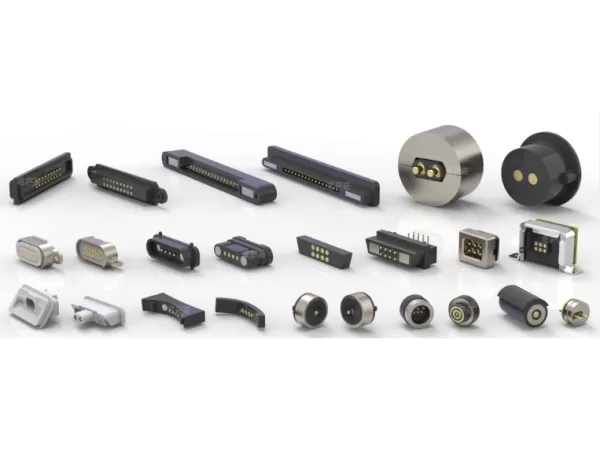Hi, do you know what are the general steps in manufacturing connectors?
Date:2024-08-23

The manufacturing process of connectors involves multiple steps, from design to production to quality control, and each stage is very important to ensure the reliability and performance of the final product. The following are the main steps in connector manufacturing:
1. Design and Development
- Demand analysis : Define the specifications, shape, size, material and functional requirements of the connector based on customer needs or market demand.
- 3D modeling and design : Use CAD software to perform 3D modeling of the connector and design the shape and structure of each component.
- Simulation and verification : Use simulation software to test the performance of the designed connector under different conditions, such as thermal stability, electrical performance, mechanical stress, etc.
2. Material selection
- Metal materials : used to make conductive parts such as pins and contacts. Common materials include copper alloys, aluminum, stainless steel, etc.
- Plastic/polymer materials : used to make insulators, housings, etc. Commonly used materials include PBT, PA66, LCP, etc.
- Surface treatment materials : used for corrosion protection and improving conductivity, commonly used surface treatments include gold plating, silver plating, and tin plating.
3. Parts manufacturing
- Stamping : Used to make metal terminals or contacts. Metal sheets are cut and formed by stamping machines to make conductive parts of the required shape.
- Injection Molding : Used to make insulating housings and brackets. Plastic pellets are melted at high temperatures and injected into the mold, and after cooling, they form the connector housing or other parts.
- Precision Machining : Used to manufacture high-precision parts, such as certain special-shaped contacts or housings.
4. Surface treatment
- Plating : Gold, silver or nickel plating of metal parts to improve conductivity, corrosion resistance and contact reliability.
- Painting and coating : Add protective or marking coatings to plastic or metal parts to protect against wear and environmental influences.
5. Assembly
- Automated assembly : Use automated equipment to assemble the various components together to ensure accuracy and efficiency.
- Manual assembly : For some delicate or small-batch products, manual assembly may be required to ensure high quality.
6. Inspection and quality control
- Electrical performance test : including resistance, insulation and withstand voltage tests to ensure that the electrical performance of the connector meets the specification requirements.
- Mechanical performance test : including plug-in force test, vibration resistance test, impact resistance test, etc., to ensure the mechanical strength and reliability of the connector.
- Appearance inspection : Check the appearance, size and surface treatment quality of the product to ensure there are no obvious defects.
7. Packaging and Delivery
- Cleaning and protection : Clean the connector to avoid dust and dirt. Some products may be vacuum packed or use anti-static packaging.
- Labeling and packaging : Label the connector and place it in special packaging to prevent damage during transportation.
- Logistics and delivery : Sending finished goods to customers, or going into warehouses for inventory management.
8. Subsequent support and services
- Technical support : Provide customers with installation guidance, technical consultation and after-sales service.
- Improvement and Feedback : Carry out product improvement and new product development based on customer feedback, and continuously optimize the manufacturing process.
Connector manufacturing is a complex process involving multiple links from design, material selection, parts manufacturing to assembly and quality control. Each step is critical to ensure that the final product can meet the requirements of the application environment and have reliable performance.
If interested, please contact: Lilian@easychipsconnector.com